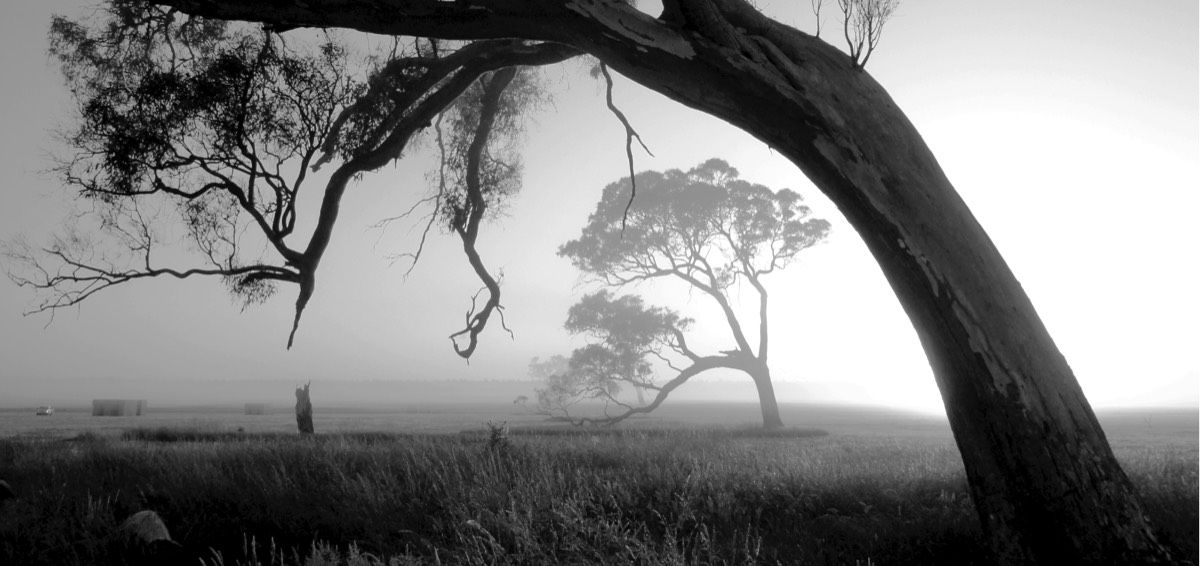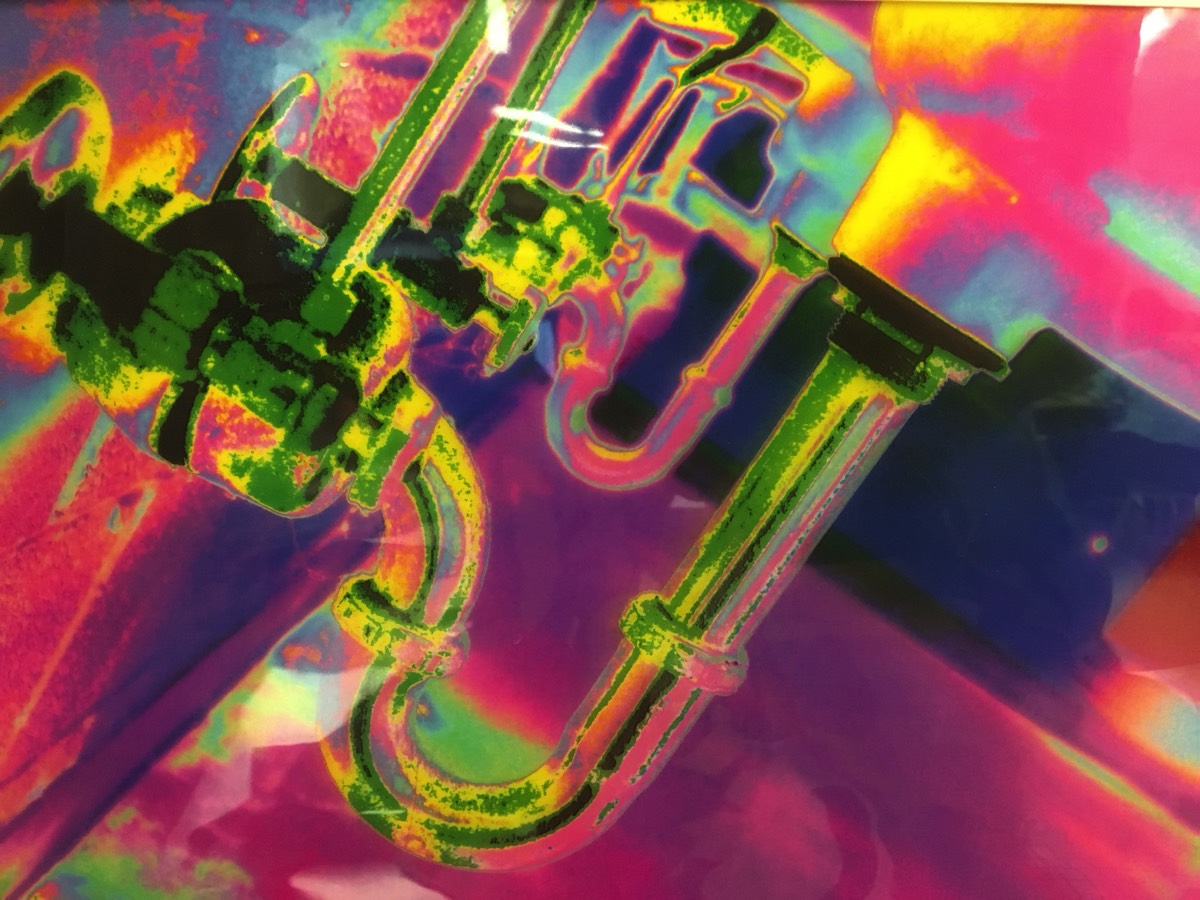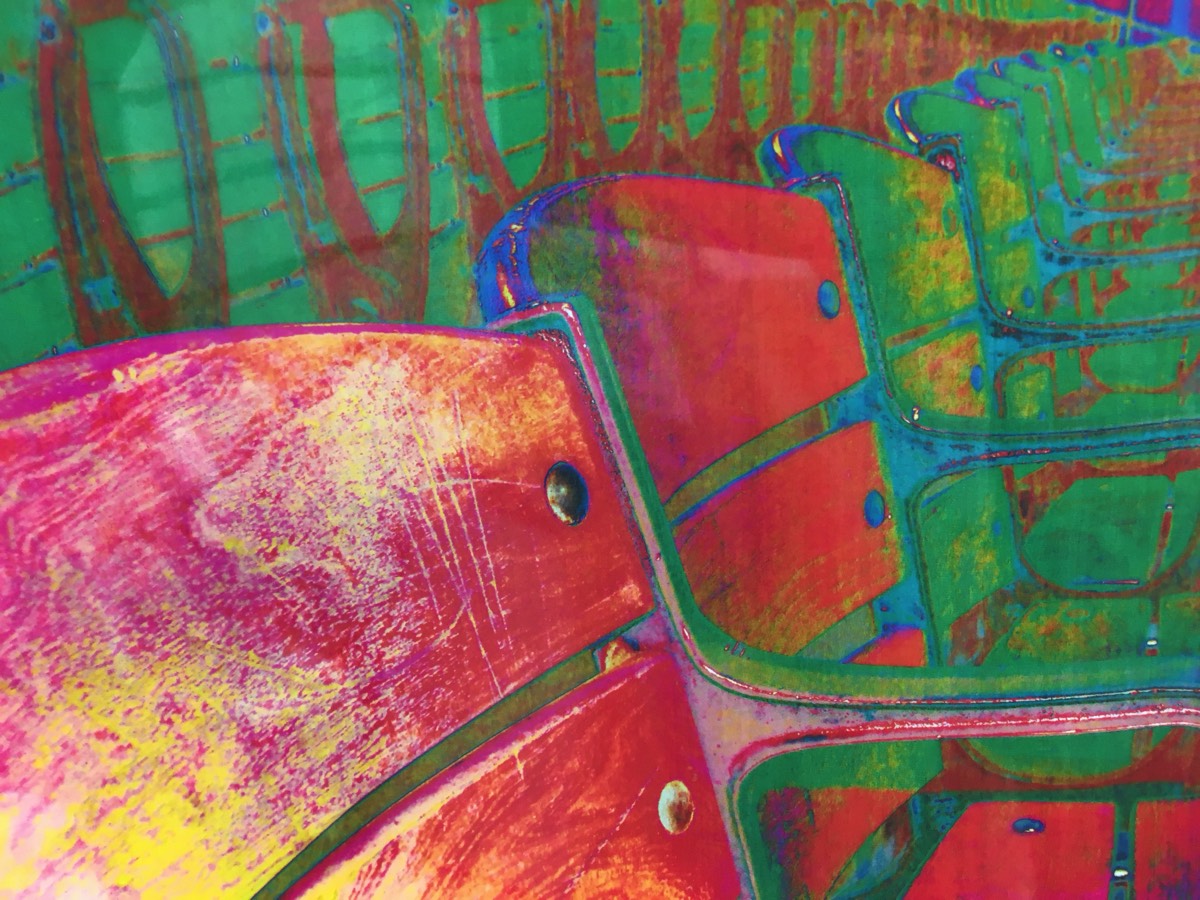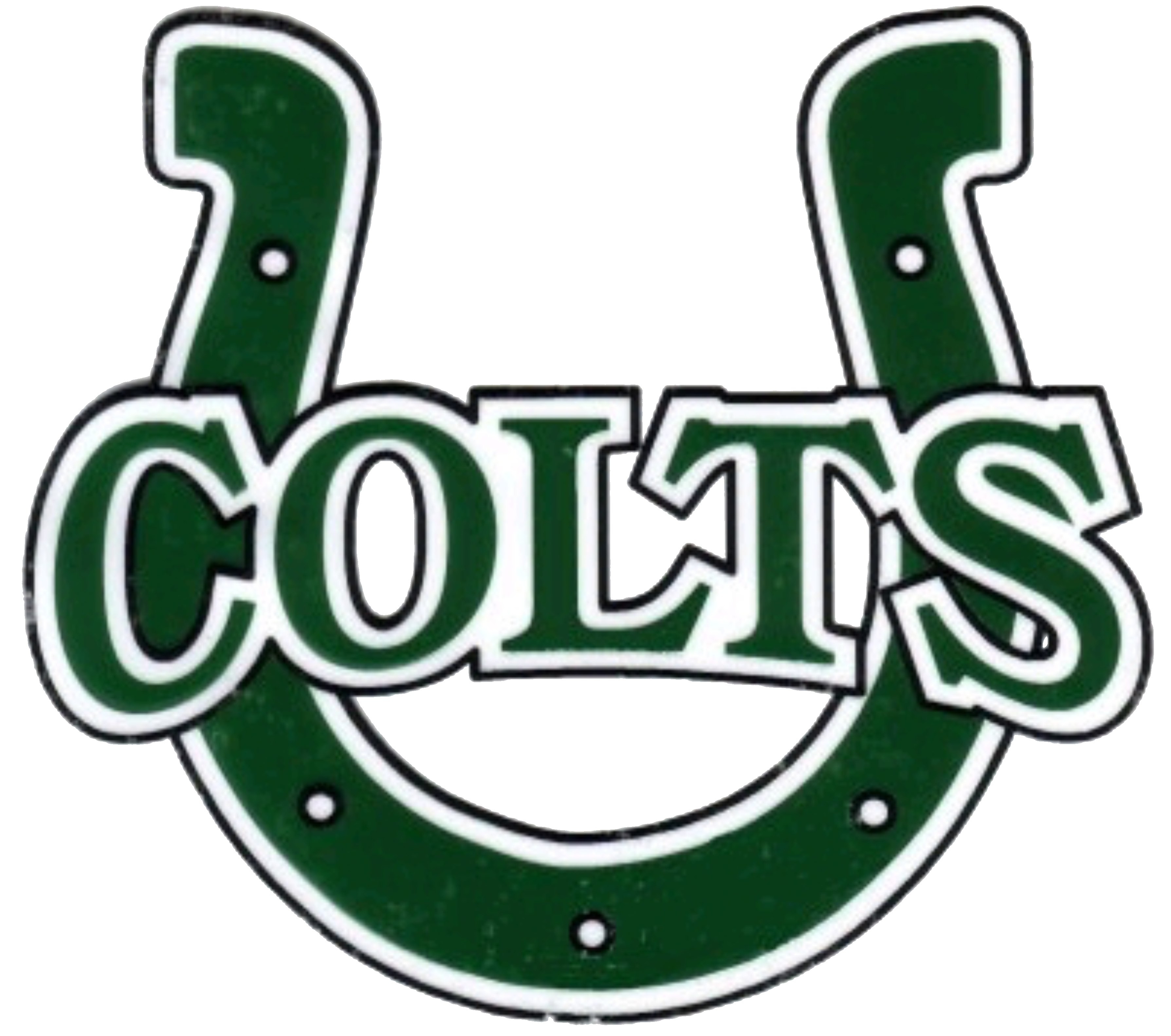Photography Project

Project Description
The "Visual Storytelling Through Photography" assignment is an exciting opportunity to explore the world of photography while honing your skills as a visual storyteller. In this project, you will use your camera to capture images that convey narratives, emotions, and messages, allowing you to communicate your perspective on a chosen theme or topic. Whether you're a budding photographer or a seasoned pro, this assignment invites you to see the world through a new lens and share your unique stories with others.
Project Goals:
Narrative Photography: Develop the ability to use photography as a medium for storytelling, capturing moments and scenes that convey a compelling narrative.
Visual Composition: Explore the principles of visual composition, including framing, balance, leading lines, and the rule of thirds, to create impactful and aesthetically pleasing photographs.
Emotional Impact: Learn how to evoke emotions and engage viewers through your images, whether it's joy, melancholy, curiosity, or any other emotion relevant to your chosen theme.
Creative Expression: Encourage creativity by experimenting with different photographic styles, techniques, and settings to achieve your desired visual and emotional effects.
Conceptual Thinking: Develop the ability to think conceptually and plan your photographs in advance, considering the message or story you want to convey.
Technical Proficiency: Hone your technical photography skills, such as understanding exposure, focusing, and working with natural and artificial lighting.
Critical Evaluation: Practice critical self-evaluation of your work, analyzing your photographs for strengths and areas for improvement.
Project Steps:
Theme Selection: Choose a theme or topic that you are passionate about or that you believe has a compelling story to tell. This could range from environmental conservation to personal experiences, cultural diversity, or any subject that resonates with you.
Planning and Conceptualization: Develop a plan for your photography project, considering the narrative or message you wish to convey. Sketch out ideas, brainstorm compositions, and make a shot list if needed.
Photographic Techniques: Familiarize yourself with various photographic techniques, including composition rules, lighting, depth of field, and exposure settings. Experiment with these techniques to achieve the desired effect for each photograph.
Photo Shoot: Go out and capture your images. Pay attention to details, framing, and the emotional resonance of each shot. Be patient and take your time to ensure each photograph aligns with your project's goals.
Image Selection: Choose the most compelling photographs from your shoot. Consider factors such as composition, emotional impact, and how well they contribute to your narrative.
Editing and Post-Processing: Process your selected images using photo editing software if desired. Enhance colors, contrast, and clarity while ensuring the integrity of your narrative.
Presentation: Present your final selection of photographs in a cohesive and visually appealing manner. This could include creating a digital portfolio, printing and framing your images, or designing a photo book.
Reflection and Documentation: Reflect on your photographic journey, noting the challenges you faced, the successes you achieved, and the lessons learned. Document your thoughts and experiences as part of your project submission.
The "Visual Storytelling Through Photography" assignment provides an opportunity to explore the art of photography, develop your narrative skills, and share your unique perspective with others. Whether you're capturing the beauty of the natural world, the complexity of human emotions, or the stories of your own life, this project invites you to tell your story through the lens of a camera.
Project Goals:
Narrative Photography: Develop the ability to use photography as a medium for storytelling, capturing moments and scenes that convey a compelling narrative.
Visual Composition: Explore the principles of visual composition, including framing, balance, leading lines, and the rule of thirds, to create impactful and aesthetically pleasing photographs.
Emotional Impact: Learn how to evoke emotions and engage viewers through your images, whether it's joy, melancholy, curiosity, or any other emotion relevant to your chosen theme.
Creative Expression: Encourage creativity by experimenting with different photographic styles, techniques, and settings to achieve your desired visual and emotional effects.
Conceptual Thinking: Develop the ability to think conceptually and plan your photographs in advance, considering the message or story you want to convey.
Technical Proficiency: Hone your technical photography skills, such as understanding exposure, focusing, and working with natural and artificial lighting.
Critical Evaluation: Practice critical self-evaluation of your work, analyzing your photographs for strengths and areas for improvement.
Project Steps:
Theme Selection: Choose a theme or topic that you are passionate about or that you believe has a compelling story to tell. This could range from environmental conservation to personal experiences, cultural diversity, or any subject that resonates with you.
Planning and Conceptualization: Develop a plan for your photography project, considering the narrative or message you wish to convey. Sketch out ideas, brainstorm compositions, and make a shot list if needed.
Photographic Techniques: Familiarize yourself with various photographic techniques, including composition rules, lighting, depth of field, and exposure settings. Experiment with these techniques to achieve the desired effect for each photograph.
Photo Shoot: Go out and capture your images. Pay attention to details, framing, and the emotional resonance of each shot. Be patient and take your time to ensure each photograph aligns with your project's goals.
Image Selection: Choose the most compelling photographs from your shoot. Consider factors such as composition, emotional impact, and how well they contribute to your narrative.
Editing and Post-Processing: Process your selected images using photo editing software if desired. Enhance colors, contrast, and clarity while ensuring the integrity of your narrative.
Presentation: Present your final selection of photographs in a cohesive and visually appealing manner. This could include creating a digital portfolio, printing and framing your images, or designing a photo book.
Reflection and Documentation: Reflect on your photographic journey, noting the challenges you faced, the successes you achieved, and the lessons learned. Document your thoughts and experiences as part of your project submission.
The "Visual Storytelling Through Photography" assignment provides an opportunity to explore the art of photography, develop your narrative skills, and share your unique perspective with others. Whether you're capturing the beauty of the natural world, the complexity of human emotions, or the stories of your own life, this project invites you to tell your story through the lens of a camera.
Learning Objectives
Rubric
Rubric:
Rubrics have become popular with teachers as a means of communicating expectations for an assignment, providing focused feedback on works in progress, and grading final products. A rubric is a document that articulates the expectations for an assignment by listing the criteria, or what counts, and describing levels of quality from excellent to poor.
The rubric for the photography project can be viewed, downloaded and printed below. Enjoy
Rubrics have become popular with teachers as a means of communicating expectations for an assignment, providing focused feedback on works in progress, and grading final products. A rubric is a document that articulates the expectations for an assignment by listing the criteria, or what counts, and describing levels of quality from excellent to poor.
The rubric for the photography project can be viewed, downloaded and printed below. Enjoy
Photography Handout
The handout below will help students get started on understanding key concepts for this specific project. The students will have time in class and out of class to look at the handout provided by the teacher. You can look, download and print it below. Enjoy!
Artist: Ansel Adams
Ansel Easton Adams was an American photographer and environmentalist. His black and white landscape photographs of the American West, especially Yosemite National Park, have been widely reproduced on calendars, posters, books, and the internet.
Adams and Fred Archer developed the Zone System as a way to determine proper exposure and adjust the contrast of the final print. The resulting clarity and depth characterized his photographs. He primarily used large-format cameras because their high resolution helped ensure sharpness in his images.
Adams and Fred Archer developed the Zone System as a way to determine proper exposure and adjust the contrast of the final print. The resulting clarity and depth characterized his photographs. He primarily used large-format cameras because their high resolution helped ensure sharpness in his images.
Project Example

Project Demonstration
Student Work
You're Ready to Start Your Project.
Project Submission

Photography Comments
- 1
- 2

















